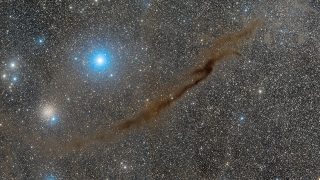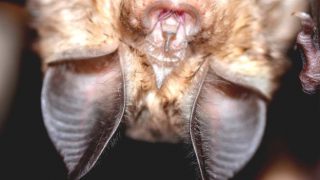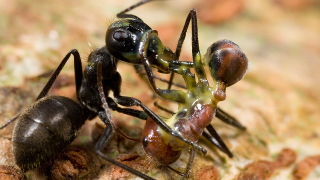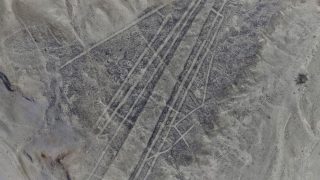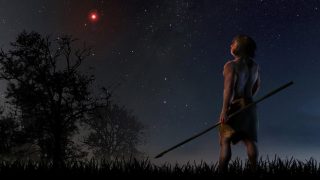
MI weekly selection #285
Crops could get nutrient boost from nanoparticles Nanoparticles typically used to treat cancer in humans could be used to deliver nutrients to malnourished plants. Crops are better able to absorb fertilizing nutrients delivered by liposomes than from traditional nutrient spray. Science News Tiny robot uses laser power to fly A tiny flying robot called RoboFly […]
